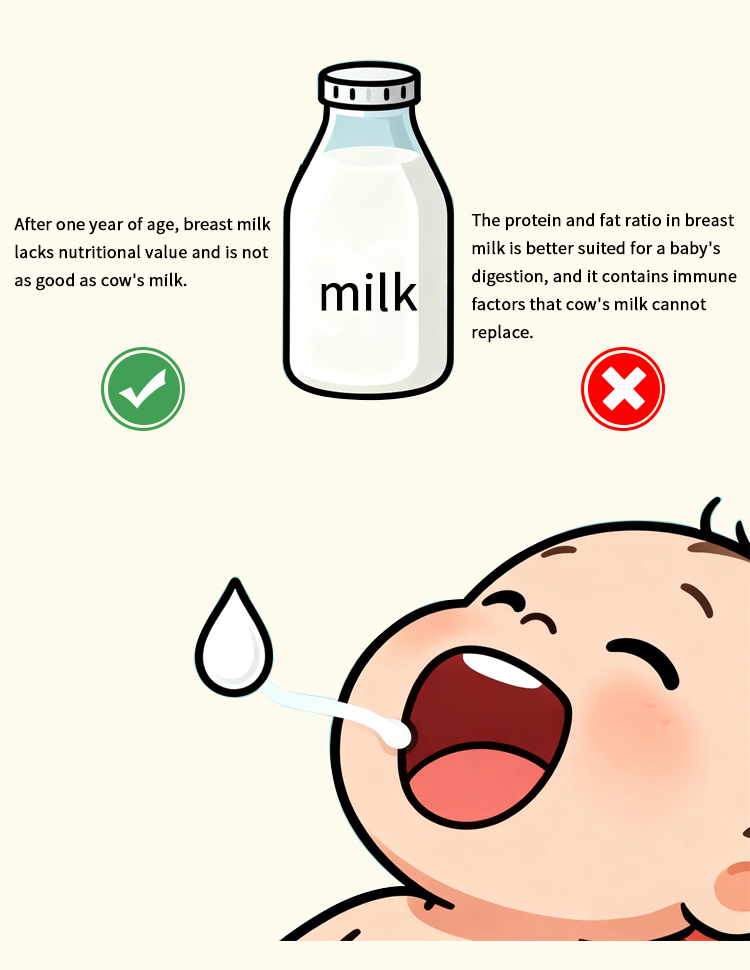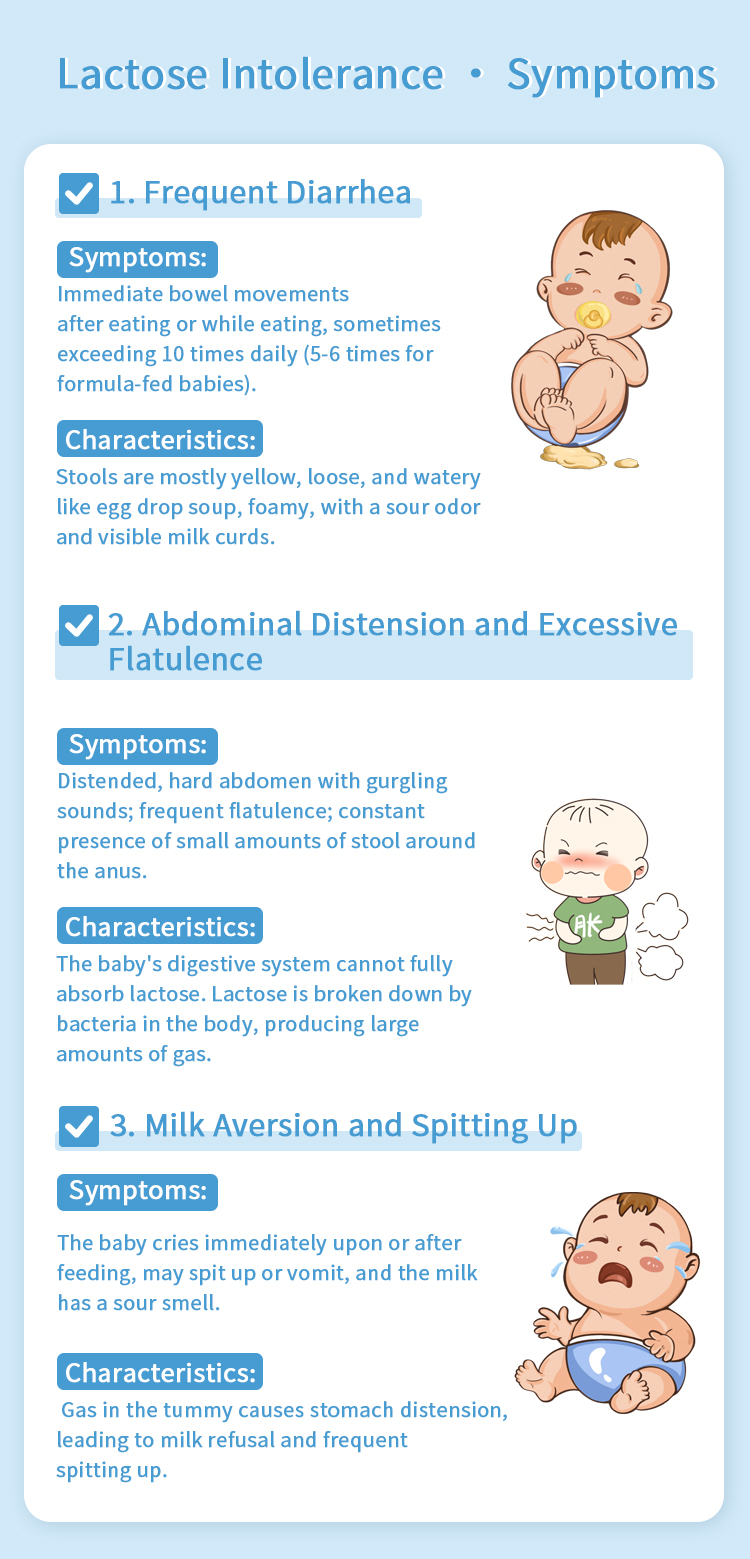Common Mistakes to Avoid When Using a Grinding Disc

Grinding discs are essential tools in various industries, from metal fabrication to construction and manufacturing. Using them correctly is crucial for safety, efficiency, and achieving the desired finish. However, many operators unknowingly make mistakes that can lead to accidents, reduced tool life, and poor results. Understanding and avoiding these common errors can save time, money, and ensure safety.
Signi Industrial (Shanghai) Co., Ltd is a leading company specializing in the research, production, and sales of abrasives and diamond products. With an annual production capacity of tens of thousands of tons of ordinary abrasives, Signi offers a diverse range of fiber-reinforced resin cutting discs, ultra-thin grinding wheels, cup wheels, and flexible grinding wheels—over 1,000 varieties spanning four major series, sold in more than 40 countries.

Here are the most common mistakes to avoid when using a grinding disc:
1. Using the Wrong Type of Grinding Disc for the Job
Each grinding disc is designed for specific materials and tasks. Using a cutting disc on grinding tasks or vice versa can lead to ineffective performance or dangerous disc failure. Always select the right disc type according to the material you are working on and the job requirements.
2. Ignoring the Disc’s Maximum RPM Rating
Grinding discs are rated for maximum revolutions per minute (RPM). Exceeding this limit can cause the disc to shatter during operation. Always check the disc’s RPM rating and ensure it matches or exceeds the speed of your grinder.
3. Using Damaged or Expired Discs
Inspect discs before use. Cracks, chips, or any damage can cause the disc to break apart when spinning at high speeds. Additionally, grinding discs have a shelf life; old or expired discs may have degraded bonding materials, making them unsafe.
4. Improper Mounting of the Disc
Incorrect mounting, such as loose fitting or using wrong-sized flanges, can result in wobbling or disc breakage. Ensure discs are mounted securely and correctly according to the manufacturer’s instructions.
5. Applying Excessive Pressure During Grinding
Pressing too hard reduces disc life and can cause overheating or uneven wear. Let the disc do the work with moderate pressure, ensuring smooth and controlled grinding.
6. Neglecting Safety Equipment
Grinding discs produce sparks, dust, and fragments. Always wear appropriate personal protective equipment (PPE) such as safety goggles, gloves, ear protection, and dust masks to prevent injury.
7. Using Grinding Discs on Wet Surfaces
Unless the disc is specifically designed for wet grinding, moisture can weaken the disc and lead to failure. Keep the work area dry and use suitable discs if wet grinding is required.
Why Choose Signi Industrial’s Grinding Discs?
Signi Industrial (Shanghai) Co., Ltd offers a wide range of high-quality grinding discs with advanced fiber reinforcement and resin technology, ensuring durability and safety. Their comprehensive product line caters to diverse industrial applications worldwide, backed by rigorous quality control and innovation.
Conclusion
Using grinding discs correctly is vital for safety and achieving optimal results. Avoiding these common mistakes ensures longer tool life, efficient work, and protection for operators. Trust reliable manufacturers like Signi Industrial to provide quality grinding solutions that meet your industry needs.
www.shanghai-signi.com
Signi Industrial (Shanghai) Co., Ltd


